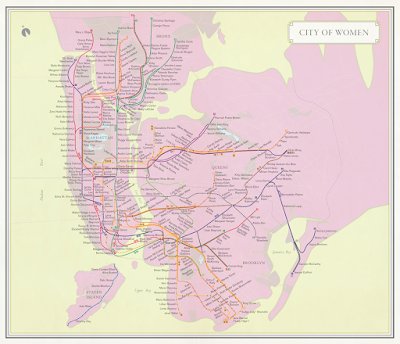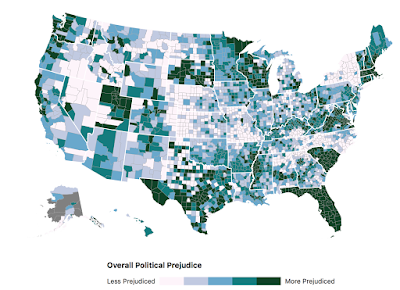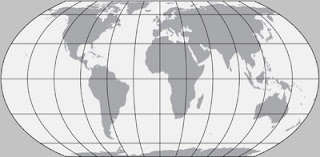A couple of years ago, Nonstop Metropolis: A New York City Atlas by Rebecca Solnit and Joshua Jelly-Schapiro, was published. In honor of Women's History Month here is one of the more interesting maps, titled City of Women. The authors renamed subway stations after women "by plotting the places where significant women have lived, worked, gone to school, danced, painted, wrote, and rebelled in order to come up with a feminist city.”
“. . . names perpetuate the gendering of New York City. Almost every city is full of men’s names, names that are markers of who wielded power, who made history, who held fortunes, who was remembered; women are anonymous people who changed fathers’ for husbands’ names as they married, who lived in private and were comparatively forgotten, with few exceptions..."Click above for details - here are some highlighted areas.
Upper Manhattan - a diverse mixture of women from all walks of life, including a Supreme Court Justice
Brooklyn - many actresses and musicians, plus a Supreme Court Justice.
Flushing, Queens - site of the US Open. Tennis players, except for Hannah Feake Brown, a Quaker who probably was not a tennis player.
The Bronx - many women I am should be more familiar with, but are less known probably because of their minority statuses. Actors, musicians, political leaders - and a Supreme Court Justice.



















